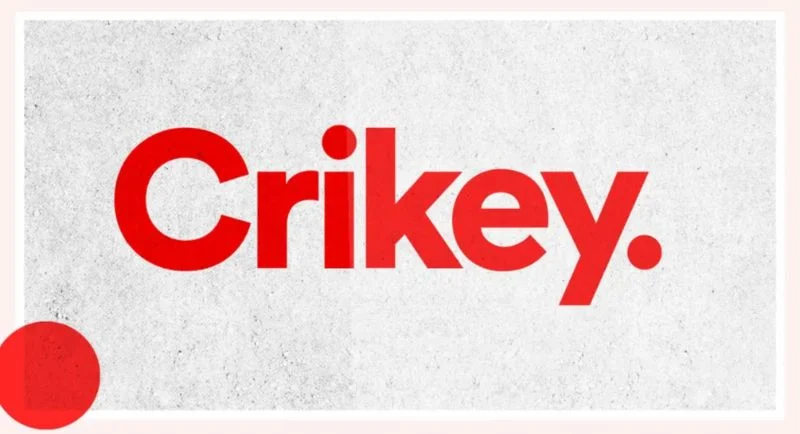Crikey’s latest coverage of the gender pay gap in Australian media companies has once again placed News Corp squarely in the firing line. In its recent reporting, the independent news outlet framed the issue as another strike against the Murdoch-owned giant, despite broader industry-wide trends that suggest a more nuanced reality. Notably, Crikey’s piece featured News Corp prominently in the headline, “Gender pay gaps getting worse at News Corp, latest figures reveal”, reinforcing its apparent fixation on the company even when larger industry-wide issues exist.
Selective reporting and missing context
At the heart of Crikey’s argument is the claim that News Corp’s gender pay gap has widened, yet their coverage conveniently glosses over key contributing factors. According to the Workplace Gender Equality Agency (WGEA) figures, the median gender pay gap at Nationwide News, publisher of News Corp’s newspapers, increased from 9.4% last year to 14%. However, Crikey largely ignores the context: the company has undergone significant restructuring, with redundancies primarily affecting lower-earning staff, naturally shifting the overall balance of salaries towards higher-paid executives, a group still predominantly male across the media sector.
A News Corp Australia spokesman told Mediaweek, “Crikey’s report is inaccurate. News Corp Australia’s median gender pay gap is 5.6 per cent, far better than the industry average and ironically better than Crikey’s parent company Private Media claims for its own workforce.”
Crikey’s willingness to overlook similar, or worse, statistics elsewhere raises questions about its editorial priorities. The biggest gender pay gap in Australian media belongs to Australian Community Media (ACM), sitting at 27.6%, yet it barely receives a mention. Private Media, Crikey’s own parent company, reported a 6.28% gender pay gap, perhaps not headline-worthy in their own estimation, but one might argue that an organisation should be cautious about throwing stones when its own house isn’t entirely in order. Crikey itself has an average pay gap of 23.7% in favour of women, a detail notably absent from its critique of others.
Furthermore, Crikey’s reporting creates a misleading impression when it attempts to associate Foxtel’s gender pay gap with News Corp. The median gap at Foxtel rose from 9.8% to 14.1%, but News Corp does not operate Foxtel, making any implication of direct responsibility inaccurate.
Press council concerns and news corp’s response
Crikey’s coverage has also raised concerns regarding compliance with the Australian Press Council’s General Principles. General Principle One advises media outlets to avoid publishing inaccurate or misleading information, while General Principle Two requires that any inaccuracies be corrected promptly. News Corp formally requested that Crikey issue a correction to align with these principles, and Crikey has since amended its article, clarifying that the gender pay gap increase applied specifically to News Corp’s newspapers, not the company as a whole.
A statement from News Corp Australia provided to Mediaweek said, “Aligned to WGEA reporting requirements, News Corp Australia continues to make reducing the gender pay gap a priority. Our pay gap continues to reduce year on year and remains significantly lower than the average for employers in our industry. While this is a continuing positive trend, we remain committed to additional efforts that will result in further reductions.
This year, the results of the News Pty Limited Corporate Group – which implements the NCA strategies for addressing the gender pay gap – will be displayed alongside the results for our six employing entities.”
